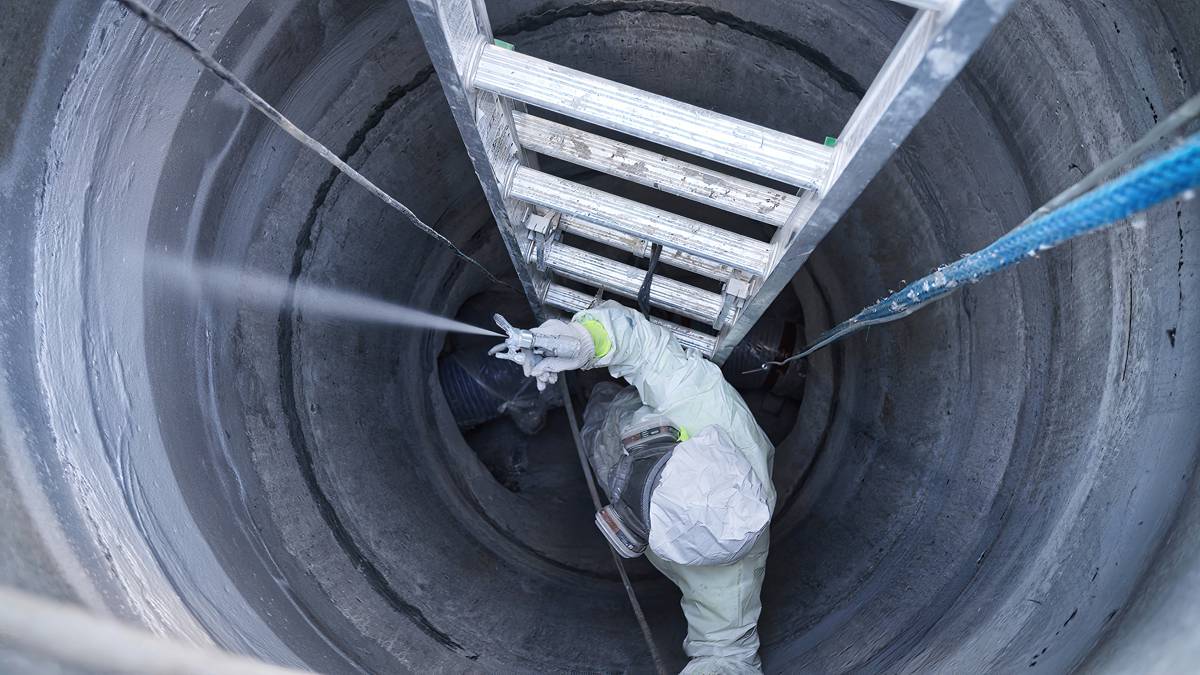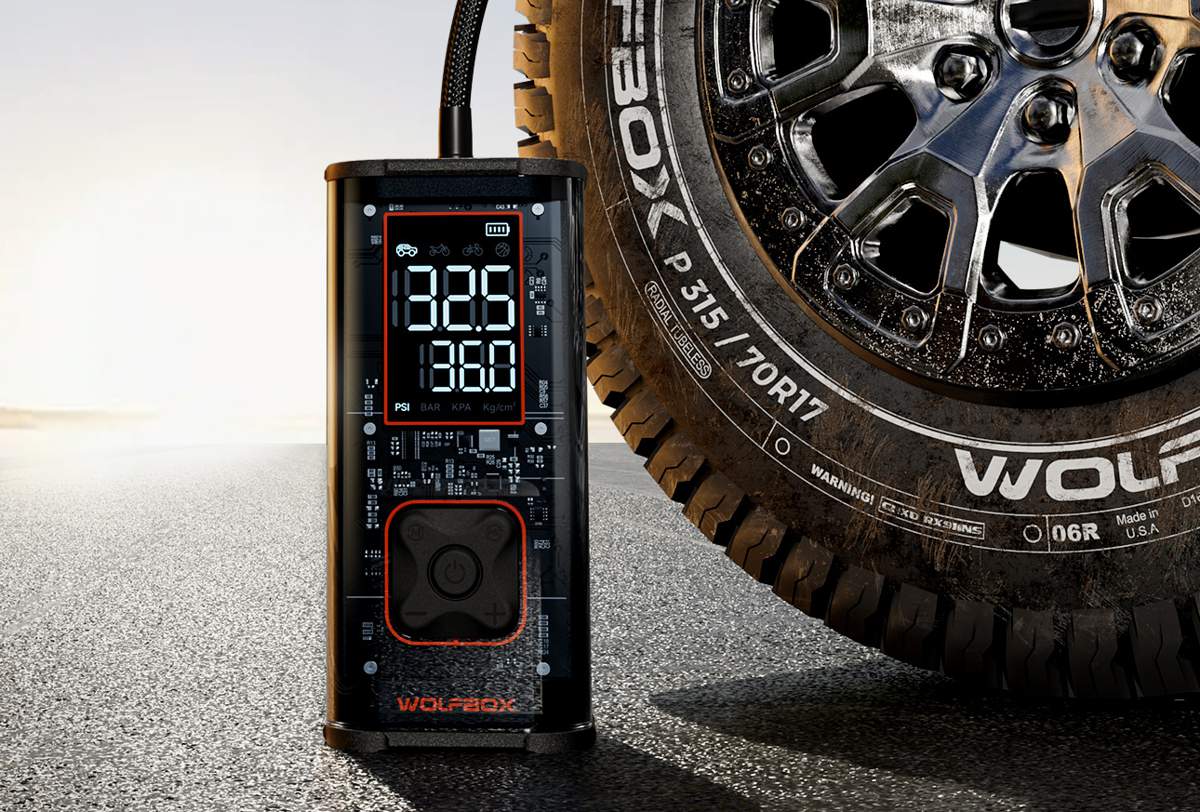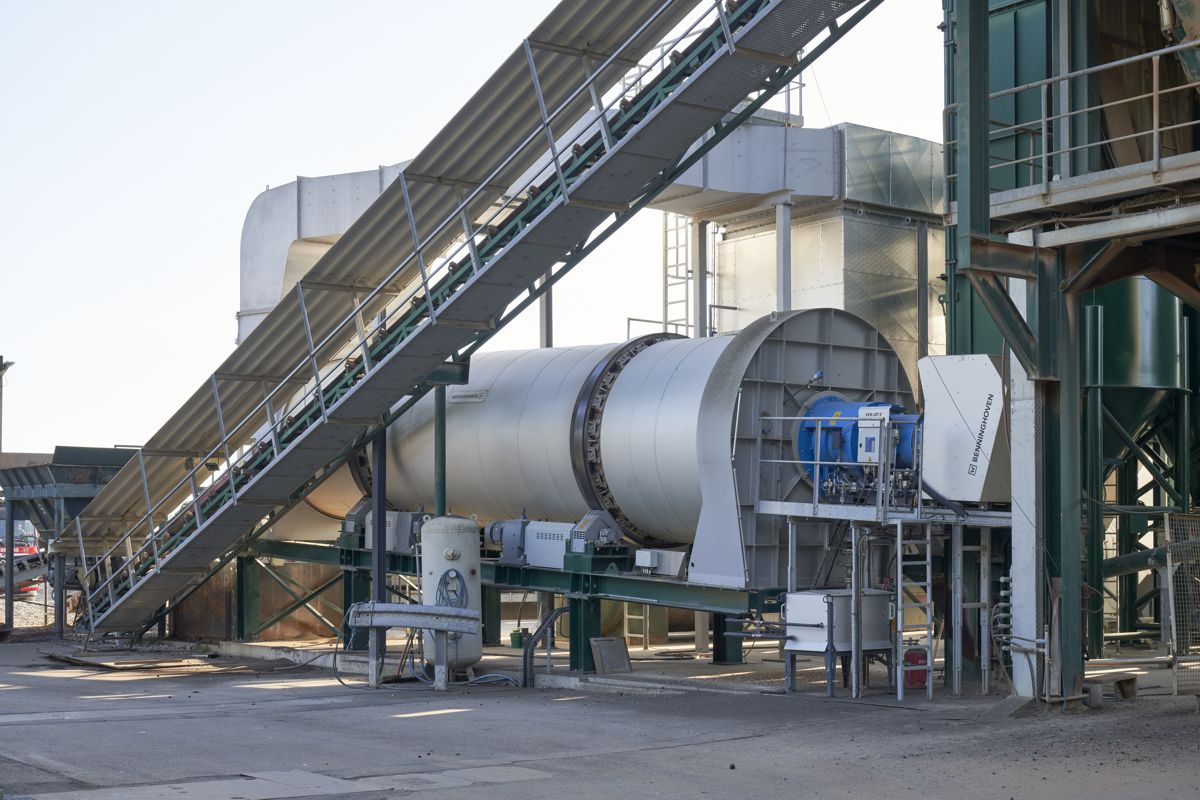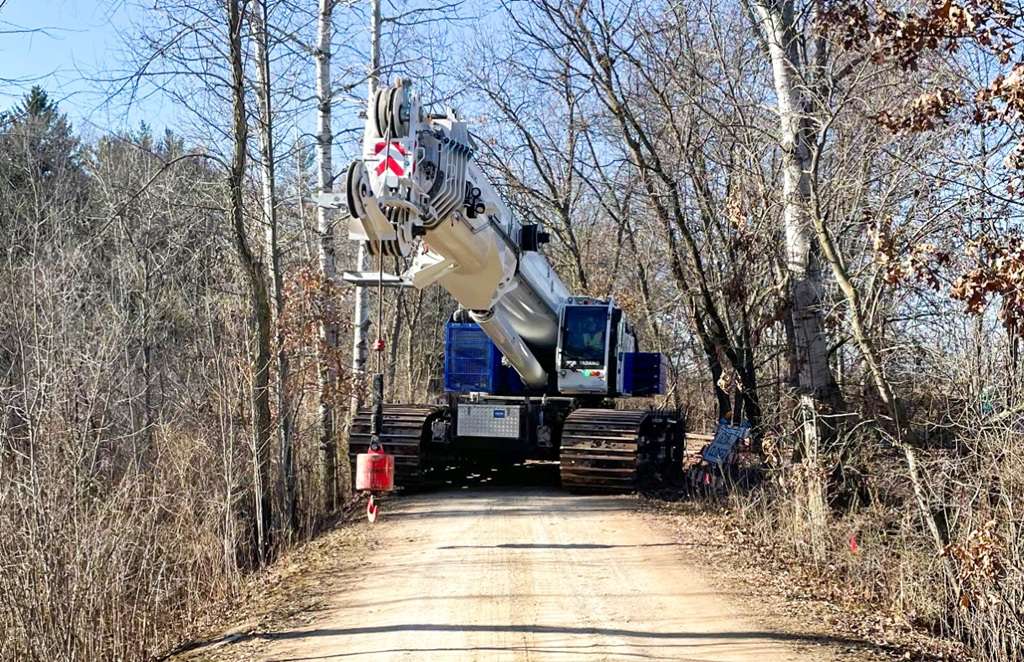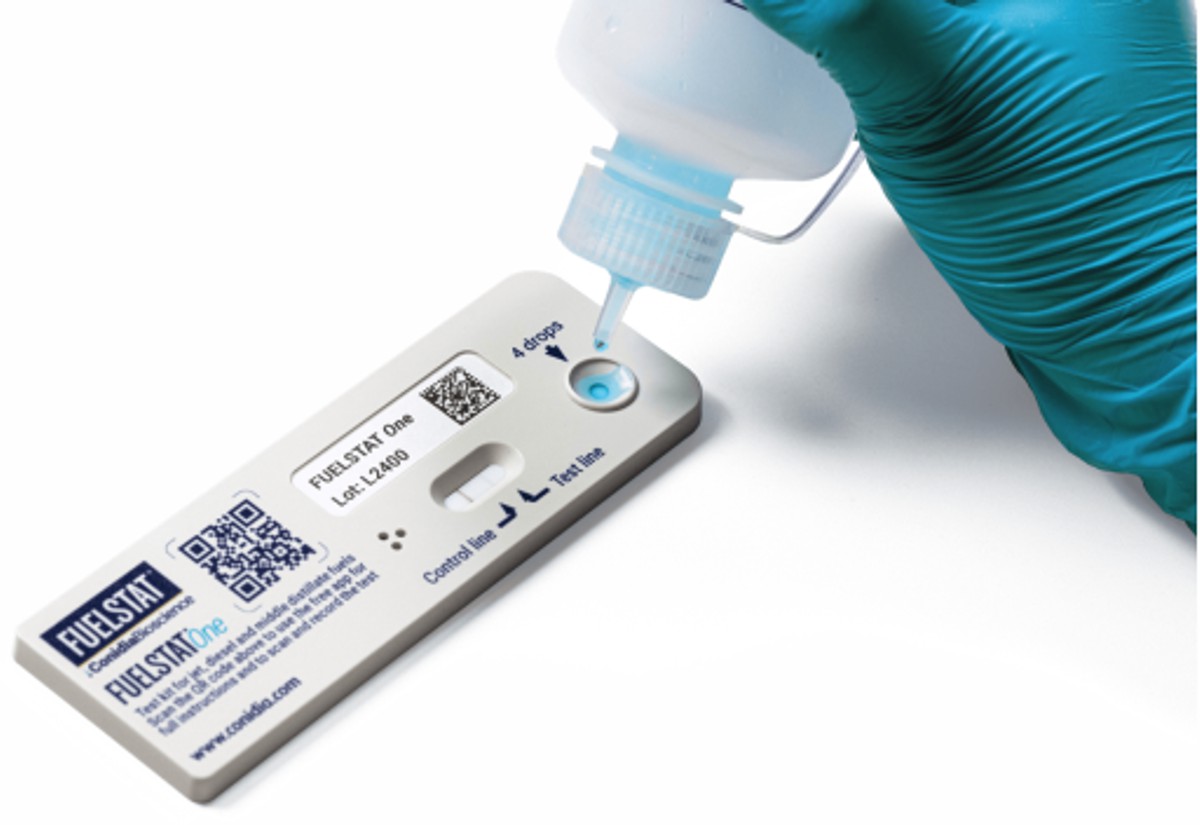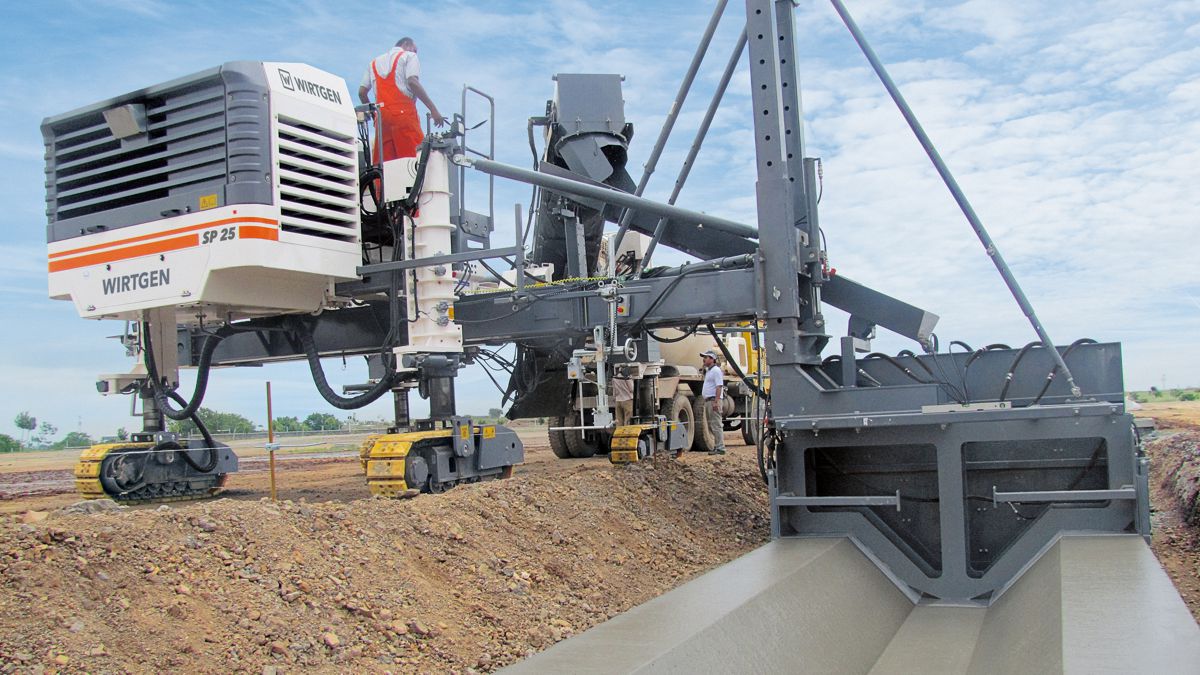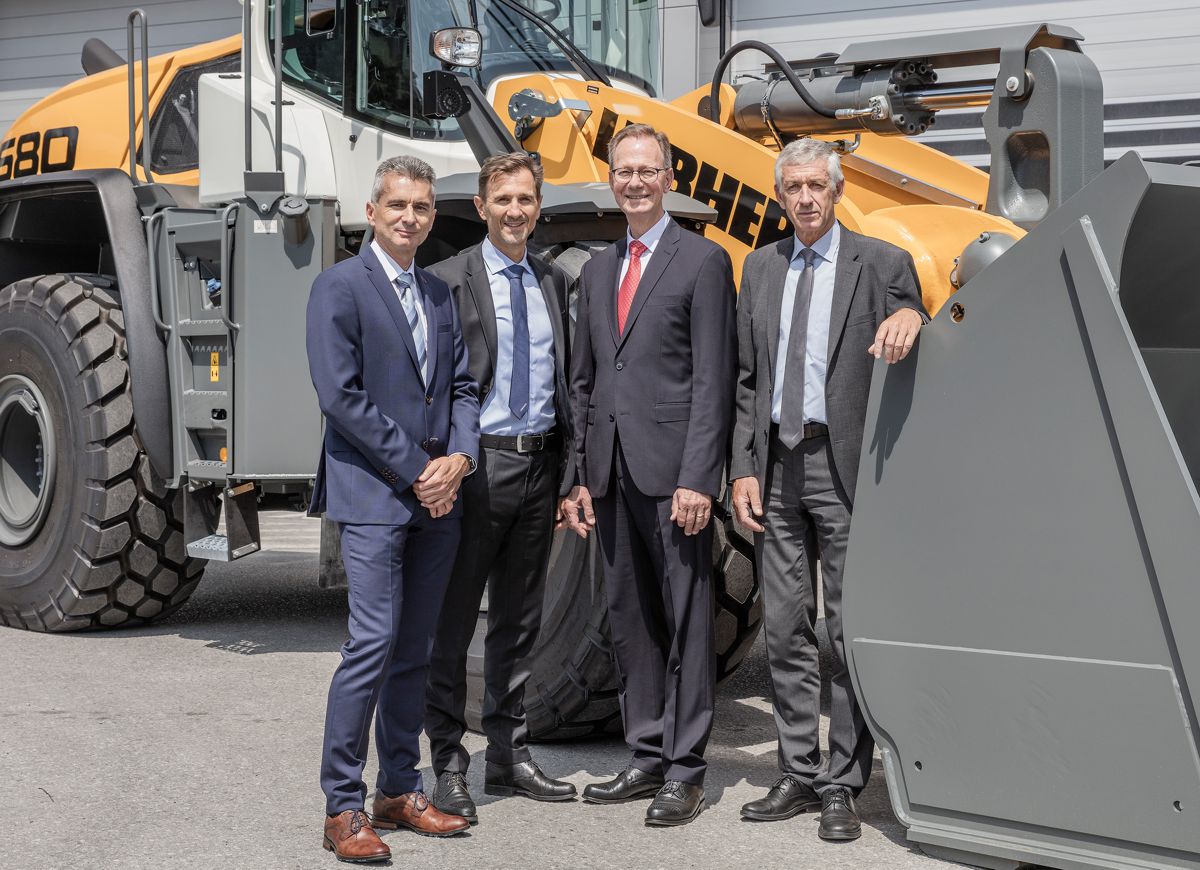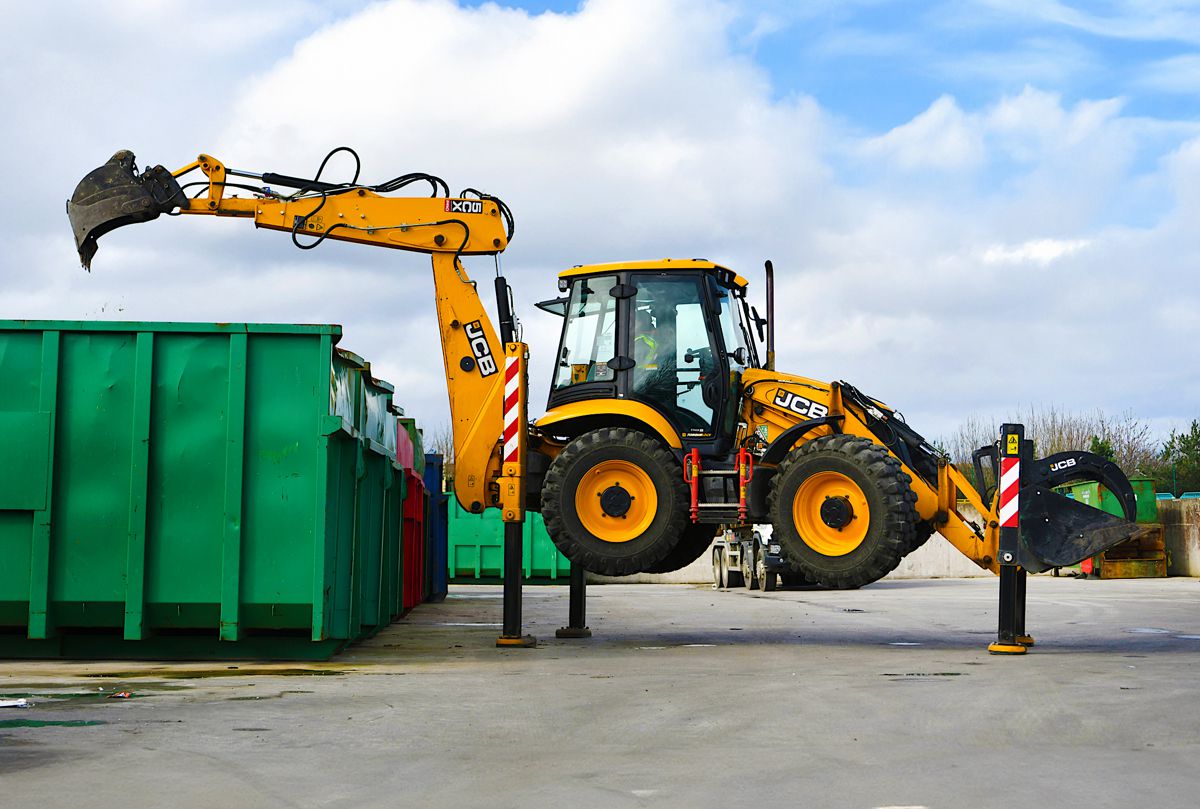Fraport AG, operator of Frankfurt Airport, renews the surface course on the runways about every seven years, including the centre runway, the most-frequently used section. Reason enough to assign key positions on this project to Wirtgen Group machines.
The various tasks – in this case milling and paving the surface course – would normally be standard activities, if it were not for the extreme time pressure and high quality requirements. The job, after all, involved the central runway (4 km long, 60 m wide) at Europe’s third-largest airport. To disrupt air traffic as little as possible, work had to proceed extremely rapidly and reliably. The general contractor, Heitkamp Erd- und Straßenbau GmbH, had a timeframe of only 60 hours to complete paving. A total of 20,000 t of material were processed in total.

Four Wirtgen high-performance milling machines packing 3,500 PS (3,452 HP)
To complete milling work as quickly as possible, GMS Fahrbahnsanierungen GmbH put four Wirtgen large milling machines, with milling widths of 2 m and 2.20 m, to work on the runways. With a total output of some 3,500 PS / 3,452 HP (2,600 kW), these high-performance machines milled 80,000 m² of asphalt on the 2.6 km-long and 31 m-wide strip to a depth of 5 cm. The milling job, including surface cleaning, was completed in 19 hours.
WIDRIVE ensures productivity
The W 250i, W 210i and W 2200 large milling machines used here are designed for continuous high-performance output. “The most critical points on major projects of this kind are usually the removal of the milled material and the water supply,” explains Klaus Kormann, Site Manager for GMS. An intermediate storage facility was set up on airport grounds for the milled material to minimize turnaround times. When it came to water support, the advantages of the WIDRIVE machine management system from Wirtgen were plainly evident. It monitors and controls not only the speed of the milling drum and conveyor as a function of feed rate and milling depth, but also the water system. For example, WIDRIVE automatically shuts off the water when the milling drum is lowered into working position or when milling stops. In addition, the water pump pressure is automatically increased or decreased depending on engine load and milling speed. These functions significantly reduce water consumption, making the milling process much more efficient.

Dual Engine Concept generates high output
The W 210i and W 250i in particular are capable of achieving unusually high milling performance levels thanks to their two separate diesel engines. At the same time, these large milling machines use energy very efficiently thanks to WIDRIVE, all while going easy on the environment as well. Another plus: The engines are mounted in what are known as “silent blocks” that isolate them from vibration and dampen noise. This protects the milling machine operator against excessive vibration.
Asphalt paving in two night-shifts
Once the large milling machines had completed their work and the surface was cleaned, an adhesive layer was applied as a base for the new asphalt layer. Asphalt paving was then carried out in two night-shifts between 5 p.m. and 7 a.m. At this time of night, the 35 trucks in operation could deliver the asphalt without being held up in the usual congestion that occurs around Frankfurt Airport.
Each night, the Heitkamp crew paved 40,000 m² of an AC 11 D S aggregate-rich asphalt. Engineer Axel Konrad, Project Manager for Fraport AG, explains why: “Material with a high aggregate content offers high resistance to grain break-out, which is critical for aircraft, because dislodged stone particles could otherwise damage the sensitive engines. Another reason is that abraded rubber from the aircraft wheels can easily be removed from this material.”

Four Vögele feeders supply four Vögele pavers
Four pave trains comprising Vögele pavers and feeders paved the surface, together achieving about 500 t an hour. The time pressure in this phase was likewise tremendous.
Fraport had stipulated the use of feeders in its invitation for bids, because the surface accuracy of the center runway is of critical importance to the airport operator. “Feeders are just ideal here because they prevent jolts and joints in the surface,” says Project Manager Konrad. Engineer Jörg Pigorsch, Heitkamp’s Senior Site Manager, therefore deployed four Vögele MT 3000-2i high-performance feeders at the site. They can take on an entire 25 t load of mix from a truck in just 60 seconds.
During transfer to the paving process, the mix is homogenized by special, transverse, conical augers inside the material hopper of the Vögele PowerFeeders. Colder areas along the edges are mixed with warmer mass, and segregated edge areas from unloading the truck are mechanically homogenized. Infrared heating keeps the conveyor at the right temperature to prevent mix from sticking.
Following behind the feeders were four Vögele pavers: Two SUPER 1800-3is, one SUPER 1900-3i and one SUPER 2100-2i paved the surface course “hot to hot” at an impressive width of 31 m. The SUPER 1900-3i played the role of lead paver. During the night shifts in particular, the advantages of its new and intuitive ErgoPlus 3 operating concept soon became evident. The operator’s console has an extra-large color display with a high-resolution image visible even in poor lighting conditions.
High-quality material handling
Another highlight of the SUPER 1900-3i and SUPER 1800-3i is the material handling: In these pavers, the proportional control of the conveyor and augers with continuous monitoring of the mix level ensures an optimum head of mix in front of the screed. Furthermore, the auger height can be hydraulically adjusted by up to 15 cm across its entire working width, including the bearing boxes and limiting plates. An optimum spread of mix is achieved as a result, even when paving thin overlay or varying thicknesses within a single section. With their very large blades measuring 400 mm in diameter, the augers ensure optimum spread of the mix without segregation, even across large paving widths. This was a relevant factor at Frankfurt Airport, where paving widths of 7.5 and 8 m were required.

Hamm rollers are the first choice for final compaction
Four Hamm DV 85 rollers came on site for the final, indispensable roller compaction step. These pivot-steered rollers with an operating weight of over 9 t offer very good visibility, meaning that the driver can work safely and confidently at all times. From the fully glazed, panoramic cabin and through the large windows in the floor, machine operators can see the entire work area and drums. From the edge of the cabin, they also have an unobstructed view of the drum edges.
On night duty at Frankfurt Airport, it became apparent how important the roller’s good lighting is. Heitkamp equipped the Hamm machines with very bright LED working lights and lights for the drums and drum edges. They enhance safety and quality when working at night.
Another quality factor is the smooth reverse function. The Hamm rollers help the operator because the DV 85 brakes and accelerates the drum automatically. With optimized ramps, the rollers effectively prevent lateral displacements in the asphalt and produce an exceptionally smooth surface. The high-precision pivot-steering supports this process. The steering resistance changes as a function of speed to avoid jerky steering movements. Not least, the rollers have a very large and variable track offset. Together with the 1.68 m-wide drums, it supports a maximum working width of no less than 2.99 m.
During compaction, the Hamm rollers proved once again how efficiently and productively they operate. One reason is Hammtronic, the electronic machine management system for monitoring engine and travel functions. It automatically adapts the drive, vibration, oscillation and engine speed to the current operating conditions. Perfectly tuned machine control ensures optimum compaction quality. What is more, it reduces fuel consumption as well as exhaust and noise emissions.

Wirtgen Group: All-around reliability
After two days and three nights, Senior Site Manager Jörg Pigorsch was able to report the on-time completion of the asphalt paving work to his client: “We saw the proof again of how reliable machines from the Wirtgen Group are. I always use machines from Wirtgen, Vögele and Hamm when time is a critical factor on a job. What’s more, their service is absolutely excellent. If a component should fail, the Wirtgen Group subsidiaries immediately provide replacement machines, spare parts or competent service technicians.”
After the asphalt pavement was placed, Fraport worked at full tilt for another 12 hours to complete the center runway, taking advantages of the resurfacing work to equip it with energy-saving, long-lasting LED technology. And at exactly 5 a.m., the runway was re-opened to air traffic.



